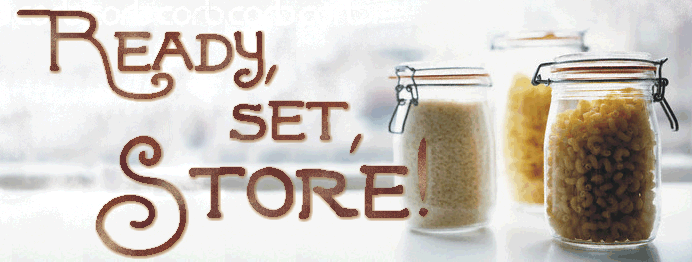
Saw this and wanted to pass it along since water is so important in our food storage.
Water Storage Guidelines
Commercially bottled water in PETE (or PET) plastic containers may be purchased. Follow the container’s “best if used by” dates as a rotation guideline. Avoid plastic containers that are not PETE plastic.
If you choose to package water yourself, consider the following guidelines:
Containers
Use only food-grade containers. Smaller containers made of PETE plastic or heavier plastic buckets or drums work well.
Clean, sanitize, and thoroughly rinse all containers prior to use. A sanitizing solution can be prepared by adding 1 teaspoon (5 ml) of liquid household chlorine bleach (5 to 6% sodium hypochlorite) to one quart (1 liter) of water. Only household bleach without thickeners, scents, or additives should be used.
Do not use plastic milk jugs, because they do not seal well and tend to become brittle over time.
Do not use containers previously used to store non-food products.
Water Pretreatment
Water from a chlorinated municipal water supply does not need further treatment when stored in clean, food-grade containers.
Non-chlorinated water should be treated with bleach. Add 1/8 of a teaspoon (8 drops) of liquid household chlorine bleach (5 to 6% sodium hypochlorite) for every gallon (4 liters) of water. Only household bleach without thickeners, scents, or additives should be used.
Storage
Containers should be emptied and refilled regularly.
Store water only where potential leakage would not damage your home or apartment.
Protect stored water from light and heat. Some containers may also require protection from freezing.
The taste of stored water can be improved by pouring it back and forth between two containers before use.

No comments:
Post a Comment